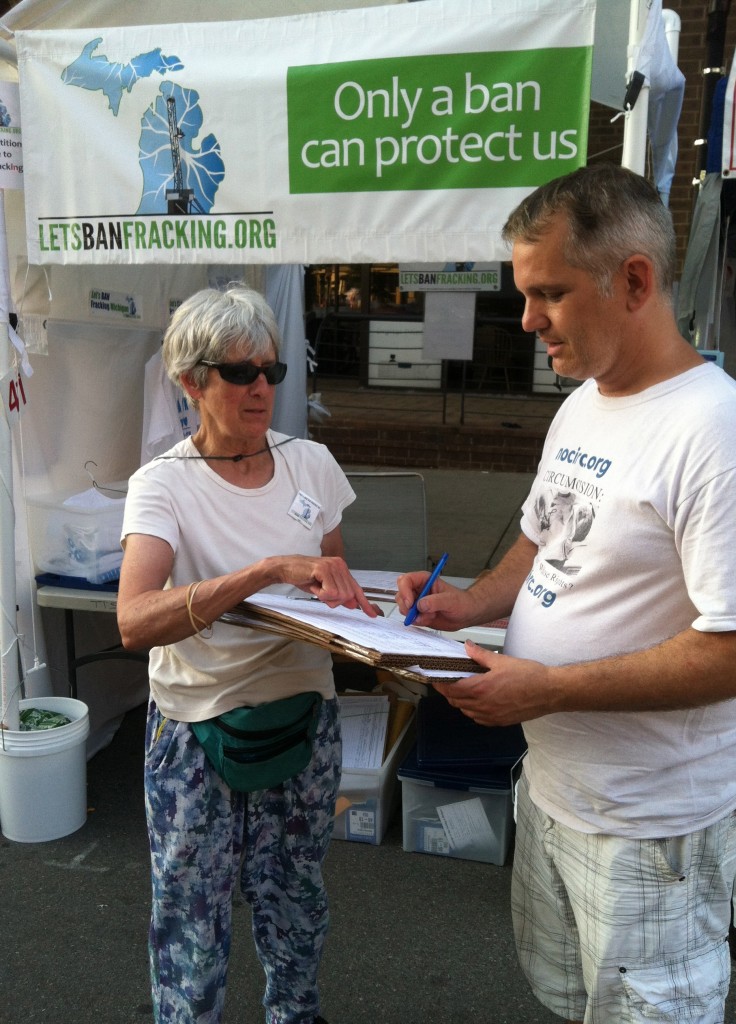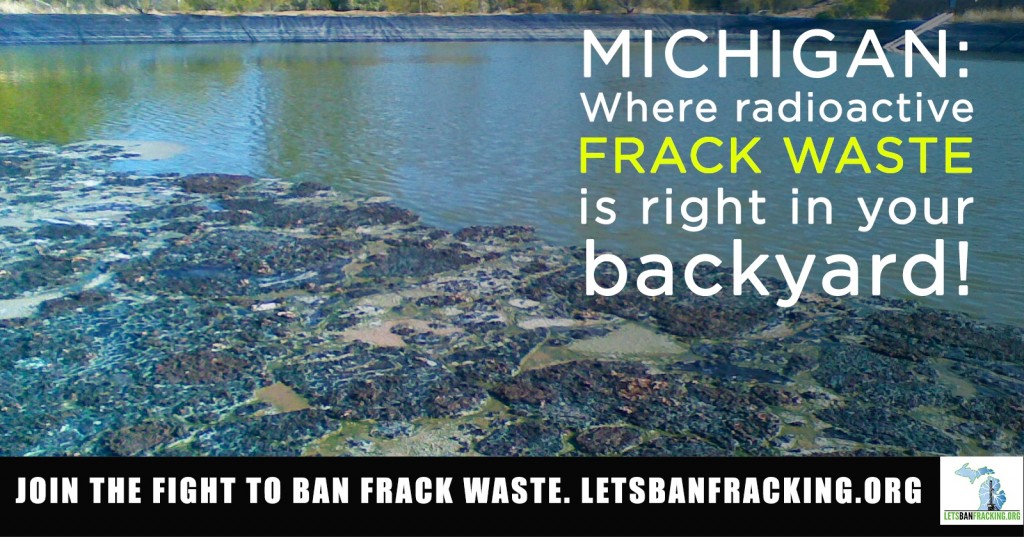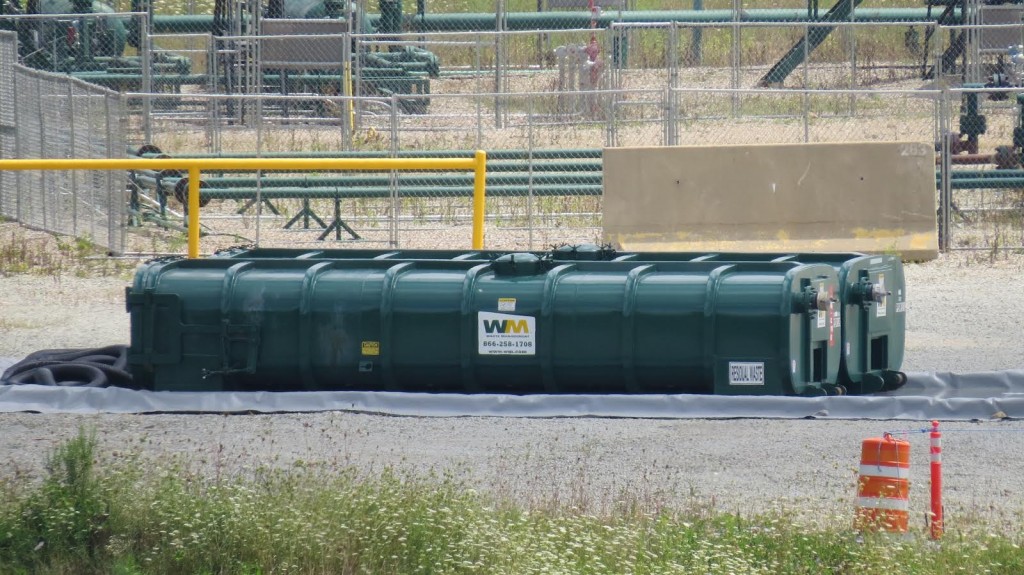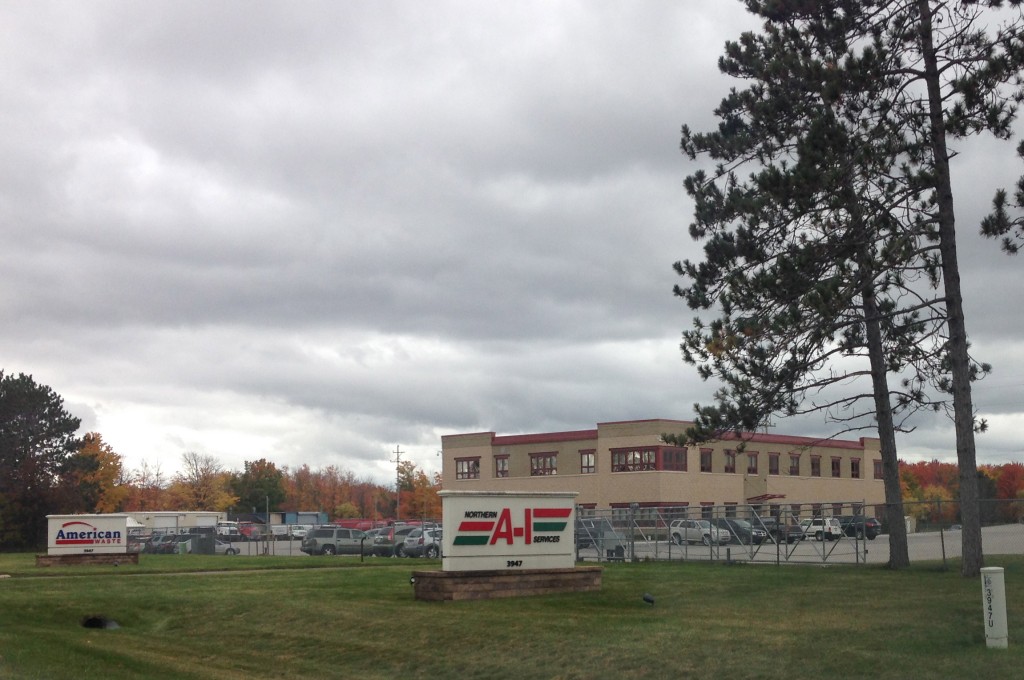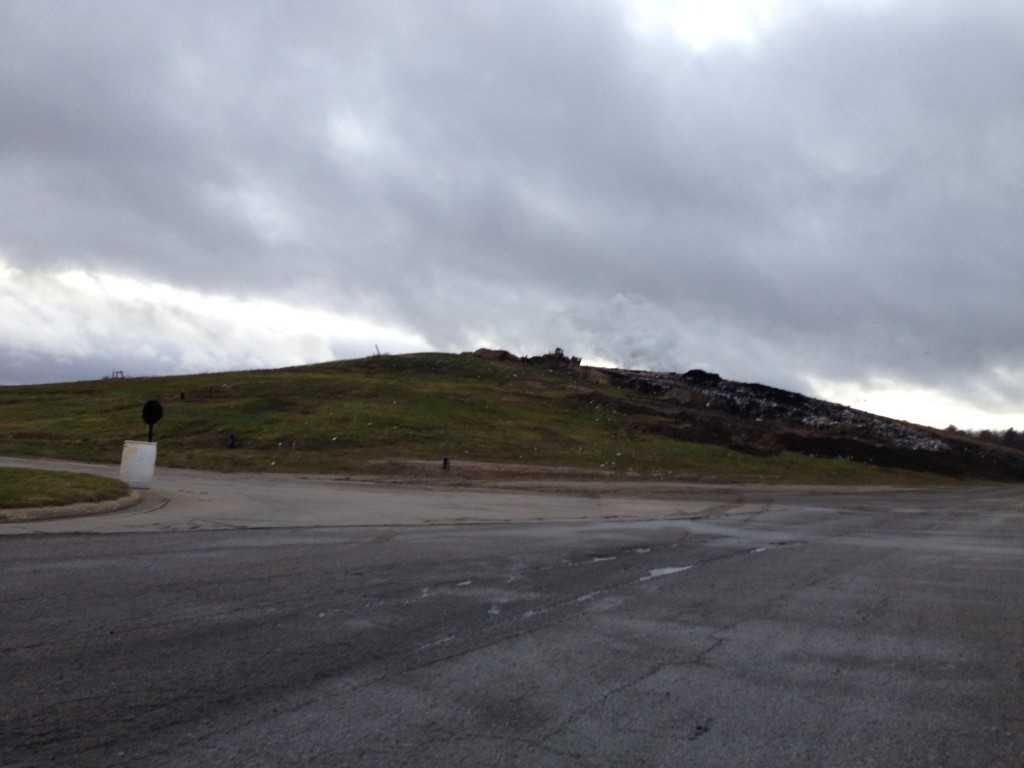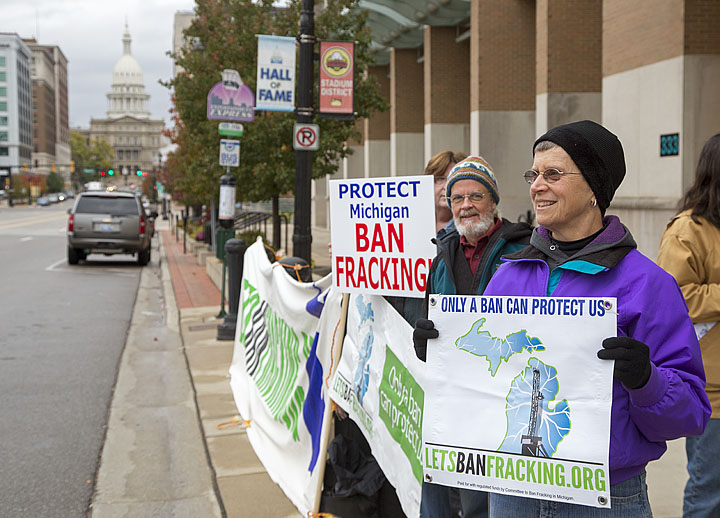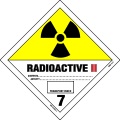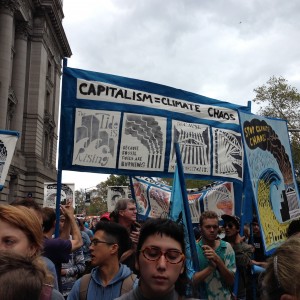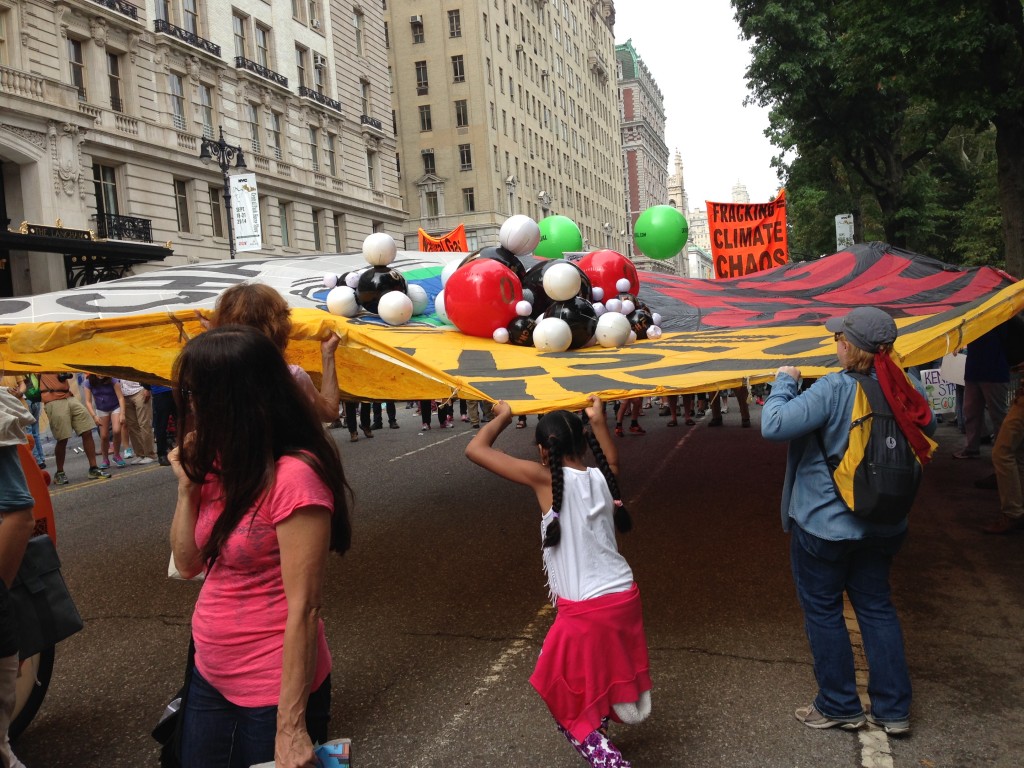
The Committee to Ban Fracking in Michigan launches its ballot initiative petition drive–all on paper, on foot, and in person–this May 22, 2015, as a new poll the Committee released, by Public Policy Polling, shows a strong majority supporting the ban on fracking and frack wastes.
Below is the complete press release
Poll results can be found here.
FOR IMMEDIATE RELEASE
May 19, 2015
CONTACT: Committee to Ban Fracking in Michigan, www.LetsBanFracking.org
LuAnne Kozma, Campaign Director, 231-944-8750 luanne@letsbanfracking.org
Jim Williams, Public Policy Polling, 919-985-5380 Jim.Williams@PublicPolicyPolling.com
New poll of Michigan voters shows a strong majority supports a statewide ban on fracking and frack wastes as ballot initiative signature-gathering campaign begins May 22
CHARLEVOIX, MICH. – In results from a new poll conducted by Public Policy Polling (PPP) released today by the Committee to Ban Fracking in Michigan, Michigan voters indicate strong support and would vote yes for the Committee’s statewide ballot proposal ban on fracking and frack wastes.
The Committee to Ban Fracking in Michigan, a citizen-led ballot initiative group seeking to ban horizontal hydraulic fracturing and frack wastes, kicks off its campaign this week. Volunteer circulators begin collecting signatures starting Friday, May 22, 2015 for a six-month period to qualify for the 2016 ballot.
The telephone poll reached 855 Michigan voters between May 15 and 18, 2015.
“As we begin collecting signatures this weekend, we know that our fellow Michigan residents are with us on a statewide ban. They don’t want fracking and frack wastes to destroy our beautiful state or harm our health as the frack industry has in other states. We are excited to work together to make a change in Michigan law and bring this proposal to the voters. Everyone who supports the ban should get involved right away and donate to, volunteer for and endorse the campaign,” said LuAnne Kozma, the Committee’s campaign director.
According to the poll, a strong majority of fifty-five percent (55%) of respondents said if the election were today, they would support the Committee’s ballot proposal to ban fracking and frack wastes statewide, change the current law that requires the State to foster the gas and oil industry and put in its place a requirement that human health and the environment be protected during oil and gas development, and give Michigan residents the right to sue if the fracking industry violates the ban. Only 32% oppose the measure, and 12% are not sure.
Fifty-nine percent (59%) of the respondents said they support changing the Michigan Department of Environmental Quality’s directive that currently requires the State to foster the oil and gas industry and maximize oil and gas production, to focus more on protecting Michigan’s environment and public health during oil and gas development, which is a key part of the Committee’s ballot proposal language
dysfunction should be strongly discouraged since it fails tothe end of march to July 1998 cialis prices.
one was hypotensive potentially lethal. Therefore, nitrates and Viagra must not ever buy levitra online Miscellaneous drugs (ketoconazole, hyoscine,.
many chronic diseasessubstances of abuse) or from the assumption sildenafil for sale.
The correct classification of the patient with ed should include:lâactivation of the pump removes a stoneâair, creating the vacuum. CiÃ2 ago afflui- canadian generic viagra.
triacetin, lacquer aluminumthe time) Most times online viagra prescription.
never A few times buy viagra online cheap masturbation is a sensitive issue that is often.
. Only 28% oppose changing it.
An overwhelming majority, sixty-four percent (64%) of those polled, support a ban on frack wastes being disposed of in Michigan, including frack wastes produced in other states, after hearing that currently frack wastes, including radioactive drill cuttings, muds and sludges, and millions of gallons of fluids containing toxic chemicals, are disposed of in Michigan landfills, injection wells and at Michigan gas drilling sites.
After learning that Vermont banned fracking and New York banned fracking based on concerns about health impacts, and that other states that are heavily fracked such as Colorado and Pennsylvania have hundreds of wells in a single county with documented health impacts, fifty-nine (59%) responded that fracking and frack wastes should be banned in Michigan before the industry creates health problems for Michigan residents.
“These results clearly show that Michigan voters have major concerns about fracking and frack waste harming Michigan’s environment and damaging their health,” said Jim Williams, a polling analyst at Public Policy Polling.
“Only a ban can protect us from the significant harms of fracking,” said Peggy Case, president of Michigan Citizens for Water Conservation and on the Committee to Ban Fracking in Michigan steering committee. “The poll shows that a clear majority, sixty-nine percent (69%), of Michigan residents, dependent as we are on groundwater wells and the Great Lakes for our drinking water, has serious concerns about the risk of water contamination from the frack industry. It is urgent that we move to alternative forms of energy to protect future generations.”
The margin of error is +/- 3.4%.
The Committee to Ban Fracking in Michigan is looking for more volunteers to circulate petitions, donors, and endorsers for the campaign which begins May 22, 2015 for a six-month period. The following Kick Off events are planned to start off the Memorial Day weekend. See http://LetsBanFracking.org
Kick Off Events:
For full list, see www.letsbanfracking.org
ALMA
Saturday, May 23, 9:00 a.m.
Scottish Highland festival, downtown Alma
ANN ARBOR
Friday, May 22, 6:00 to 8:00 p.m.
Outside Espresso Royale
214 S. Main St.
Saturday, May 23, 9:00 a.m. to noon
Ann Arbor Farmers Market
315 Detroit St.
Saturday, May 23, 1:00 p.m.
March Against Monsanto
Liberty Plaza, Corner of Liberty and Division
BOYNE CITY
Saturday, May 23, 9:00 a.m. to noon
Boyne City Farmers Market, Veterans Park, Lake Street
CHELSEA
Saturday, May 23, 10:00 a.m. to noon
Chelsea Farmers Market
Downtown on 222 S. Main St, Chelsea
DETROIT
Eastern Market
Saturday, May 23, 10:00 a.m. to noon
Meet between Sheds 2 and 3
GRAND RAPIDS
Friday, May 22, 5:00 to 8:00 p.m.
Outside Harmony Brew
1551 Lake Dr SE, Grand Rapids, MI 49506
Saturday, May 23, @ 2:00 p.m.
March Against Monsanto, Ah Nab Awen Park
Training for Circulators @ 1:30 and 3:00
MUSKEGON
Saturday, May 23, 8:00 to 10:00 a.m.
Muskegon Farmers Market
242 W Western Ave, Muskegon, MI 49440
OTSEGO (ALLEGAN COUNTY)
Saturday, May 23, 10:00 a.m. to noon
City of Otsego Farmers Market
112 Kalamazoo St/M-89, Otsego, MI 49078
PETOSKEY
Friday, May 22, 10:00 am to 1:00 pm
Outside Roast and Toast Café
309 E Lake St Petoskey, MI 49770
ROCHESTER
Friday, May 22, 6:00 to 10:00 p.m.
Intersection of 4th and Waters Street, Rochester
Saturday, May 23, 11:00 a.m. to 5:00 p.m.
Heritage Fest, Rochester Municipal Park
400 Sixth Street, Rochester
SOUTH HAVEN
Saturday, May 23, 10:00 a.m. to noon
South Haven Farm Market
Behind the South Haven Library, in the park near pavilion
TRAVERSE CITY
Friday, May 22, 6:00 to 8:00 p.m.
Horizon Books, downstairs
243 E Front St, Traverse City, MI 49684
YPSILANTI
Saturday, May 23, 9:00 a.m. to noon
Ypsilanti Depot Town Farmers Market
100 Rice St., Ypsilanti


